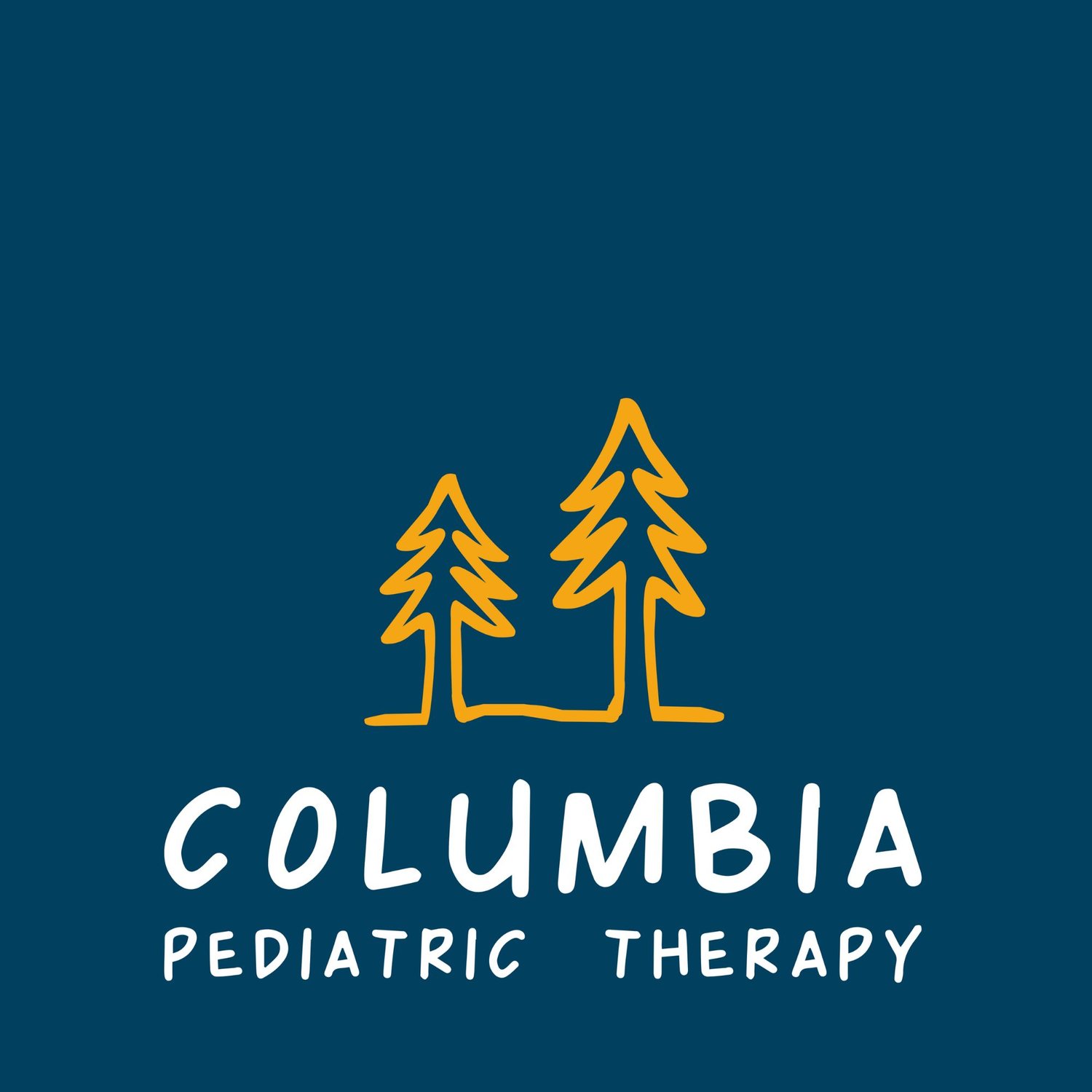Infant Torticollis: Symptoms, Causes & How Physical Therapy Can Help
Have you noticed your baby tends to keep their head positioned on one side? Or that they struggle to turn their head in a specific direction?
If so, you may be wondering if they have infant torticollis.
This post will review the definition of torticollis and common symptoms, causes, and treatment considerations for infants and toddlers.
Here's what you should know.
What is infant torticollis?
Infant torticollis is a condition that affects the largest muscle in the neck, the sternocleidomastoid (SCM) muscle.
The SCM muscle starts at the sternum, or collarbone, and splits off to attach to either side of the skull behind the ear.
The SCM muscle contributes to the various movements of the neck, including turning the head to one side or tilting it up and down.
In infant torticollis, the SCM muscle is excessively tight or shortened on one side. A short or tight SCM muscle causes a child's head to turn and favor that side.
What causes infant torticollis?
There are two broad causes of torticollis.
Congenital torticollis is present at birth. While different factors contribute to congenital torticollis, including a longer infant body length or an unusual positioning in the womb, it's important to note that there is nothing the parent could have done differently.
In the U.S., congenital torticollis is the third-highest orthopedic diagnosis in infants. If your child has torticollis, they are not alone.
Acquired torticollis happens any time after birth. It could arise from a trauma to the neck area, an underlying medical condition, or chronic, improper infant positioning.
Acquired torticollis is not limited to infants. Toddlers, older children, and adults can develop torticollis, too.
You'll typically see the following signs and symptoms, whether the torticollis is congenital or acquired.
What are the symptoms of torticollis?
Infants and toddlers with torticollis demonstrate some common symptoms.
Persistent tilting of the head in one direction
Noticeable preference for turning the head to one side
Struggle to turn the head entirely toward the non-preferred direction
Difficult time feeding on the affected side
Limited range of motion with the head and neck
One side of the back of the head appears flattened
Differences between right and left side facial features (e.g., one side of the forehead appears more prominent, or one eye is higher than the other)
Neck muscles appear swollen, or you notice a soft lump in the neck.
Consult with your child's pediatrician if you notice these symptoms
or any other signs that give you cause for concern.
The good news? Infant torticollis responds well to treatment, especially if caught and addressed early.
What is the pediatric torticollis treatment?
One of the most common and effective ways to address torticollis is to work with a physical therapist (PT).
PTs specialize in the function and range of motion of the body's large muscles. A pediatric physical therapist evaluates and treats torticollis in infants and toddlers.
Physical therapy evaluation
During the evaluation, the physical therapist will gather information about your child, including the symptoms you have noticed and when they started. The PT will determine your child's neck strength, function, and range of motion.
A pediatric PT will also check your child's general gross motor development and may take some head and other measurements if needed.
Physical therapy intervention
Following the evaluation, the physical therapist will recommend a course of treatment for your child. The length of treatment needed will vary depending on the cause and severity of the torticollis.
Treatment for torticollis typically addresses several areas.
Strengthening the neck muscles on the weaker side
Loosening the neck muscles on the stronger or tighter side
Increasing the range of motion of the neck muscles on either side
Positioning an infant to encourage more head and neck movement to the weaker side
Your child's PT will customize exercises and activities to your child's specific needs.
Expect the physical therapist to provide you with recommendations and a custom program to help support your child at home, too. These suggestions include ideas for tummy time, sleeping and feeding positioning, and exercises you can complete with your child.
Can baby torticollis resolve itself?
Unfortunately, torticollis in infants and toddlers doesn't typically resolve independently.
Addressing torticollis as early as possible helps prevent further difficulties, such as noticeable differences between the left and right sides of the face and jaw or difficulty achieving gross motor milestones.
Columbia Pediatric Therapy is here to help
Knowing the symptoms of infant torticollis will help you determine if your child may be a candidate for physical therapy services.
If your infant or toddler shows any symptoms of torticollis, or if you have any questions or concerns about their head and neck positioning, don't hesitate to reach out.
Columbia Pediatric Therapy provides physical therapy services for children of all ages. Our skilled physical therapist specializes in the evaluation and treatment of infant torticollis. Your child will receive a customized therapeutic plan based on their individual needs.
Contact Columbia Pediatric Therapy or complete the online form to get started today.


